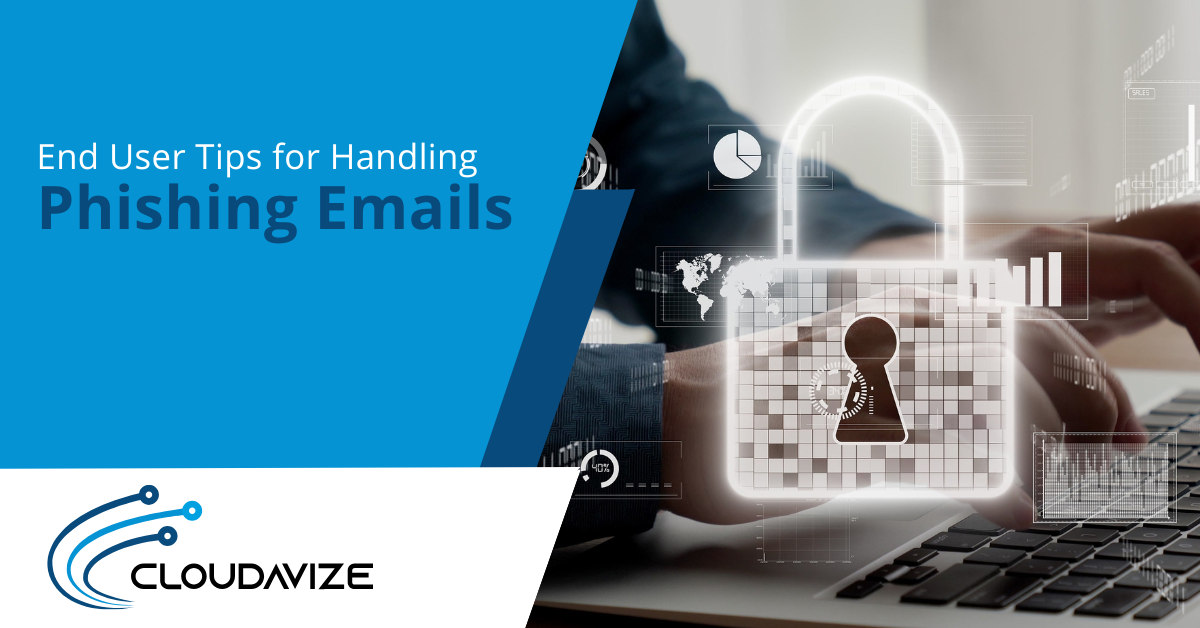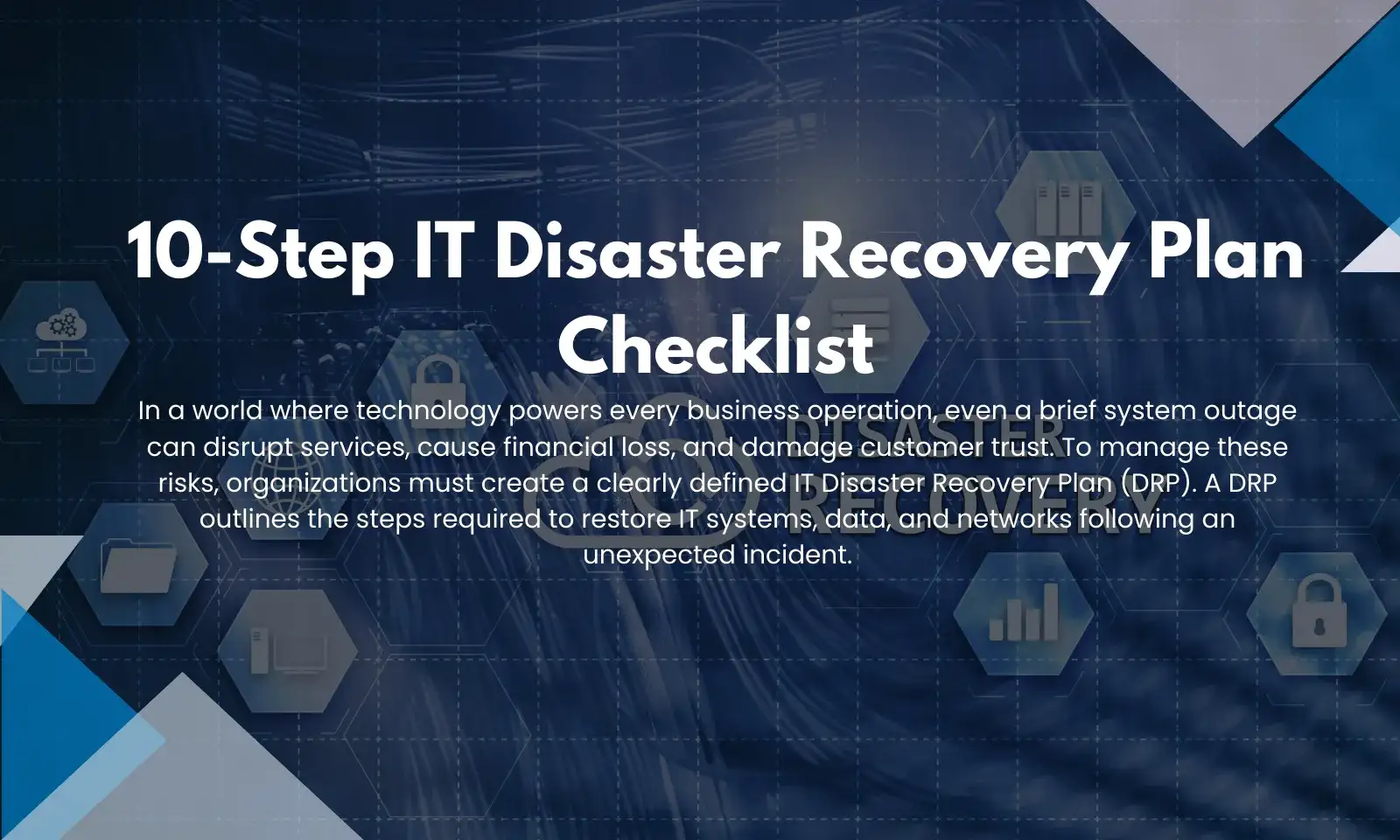In today’s online world, phishing emails are more and more common threats to people and businesses. These tricky messages try to fool recipients into giving away important information or doing things that weaken their security.
As cybercriminals keep improving their methods, it is very important for regular users to stay alert and learn how to spot and deal with phishing attempts properly. This article will offer detailed cybersecurity advice on noticing and reacting to phishing emails. It aims to help you safeguard yourself and your company from possible online dangers.
Table of Contents
What is a Phishing Email?
Phishing emails are fake messages that look like they come from real places, like banks, social media sites, or well-known groups. The aim of these emails is to trick people into giving away personal info, login details, or money information. Cybercriminals many times use social engineering methods to make users feel urgent or scared. This way, they push people to act quickly without thinking carefully first.
What are the Most Common Types of Phishing Attacks?
There are several variations of phishing attacks that end users should be aware of:
- Spear phishing: targeted attacks aimed at specific individuals or organizations
- Whale: Phishing attempts directed at high-profile targets, such as executives
- Clone phishing: Duplicates of legitimate emails with malicious attachments or links
- Viseching: Voice phishing conducted over phone calls
- Smishing: SMS-based phishing attacks
Knowing these different phishing types can help people stay aware of various attack ways and change their defense methods to match.
How Can You Spot Phishing Emails?
Red Flags to Watch For
Knowing how to spot phishing emails is very important for keeping safe online. Here are some main signs that should make you cautious:
- Suspicious Email Address: If the sender’s email address looks strange or doesn’t match the official domain of a company, be careful.
- Generic Greetings: Phishing emails often use general greetings like “Dear Customer” instead of your name.
- Urgent Language: Emails that say things need immediate action, such as “Your account will be closed,” can be suspicious.
- Strange Links or Attachments: Be wary if there are unexpected links or attachments, especially from unknown senders.
- Spelling and Grammar Mistakes: Many phishing emails contain errors in spelling and grammar, which legitimate companies usually avoid making.
- Requests for Personal Information: Legitimate organizations rarely ask for personal details through email like passwords or credit card numbers.
- Too Good to Be True Offers: Promises of huge rewards or prizes with little effort involved should raise a red flag.
- Inconsistent Branding: Check if logos, colors, and other branding elements look slightly off compared to genuine communications you’ve seen before. Being aware of these indicators helps protect yourself from falling victim to phishing scams.
Examining Email Headers and Sender Information
One good method to find phishing attempts is by looking very closely at the email header and sender details. Check the “From” section carefully for small spelling mistakes or differences in domain names. For example, an email saying it is from “support@yourbank.com” could really come from “support@y0urbank.com” or a totally different domain.
Also, if you place your mouse over links but do not click them, you can see the real URL where it will take you. Sometimes this URL is different from what shows in the email text. If the link seems strange or does not match with who sent the email, it is probably someone trying to trick you (phishing).
Best Practices for Handling Suspicious Emails
Don’t Click, Don’t Open
The main rule when facing suspicious emails is to not engage with them. Do not click on any links or download attachments, because these actions might activate malware infections or take you to phishing websites that aim to steal your information.
Verify the Source
If you get an email that looks like it from a trusted company but feels strange or asks for sensitive details, it’s better to contact the company directly using official methods. Use a phone number you already know or go to their website by typing the address yourself (not clicking links in the email) and checking if the message is real.
Use multi-factor authentication
Turning on multi-factor authentication (MFA) for your accounts gives extra security, making it harder for cybercriminals to access without permission even if they get your login details through phishing.
Keep Software Updated
Often updating your operating system, web browsers, and security software is important to guard against known weaknesses that phishers might use. Turning on automatic updates when you can helps make sure you are always using the newest and safest versions.
How Can You Report Phishing Attempts?
Internal Reporting Procedures
Many companies have rules for reporting suspicious emails. Learn what your company wants you to do and report any phishing attempts quickly. This helps keep not just you, but also your coworkers and the whole organization safe.
External Reporting Options
In addition to internal reporting, consider forwarding suspicious emails to external authorities:
- Report phishing attempts to your email service provider.
- Send phishing emails to important government offices (like the Anti-Phishing Working Group or the FBI’s Internet Crime Complaint Center in the USA)
- Notify the impersonated organization about the phishing attempt.
By telling these incidents, you help bigger efforts to fight phishing and keep other people safe from becoming victims.
Educating Others
Sharing Knowledge with Colleagues and Family
As you get better at spotting and dealing with phishing emails, it’s good to tell your coworkers, friends, and family about it. Teaching others about the dangers and smart ways to stay safe helps make a safer online world for all people.
Participating in Security Awareness Training
Many companies provide security awareness training programs. You should join these sessions actively and also motivate your coworkers to attend them too. These programs often provide valuable insights into the latest phishing tactics and defense strategies.
Staying informed about emerging threats
Following Cybersecurity News
Cyber threats keep changing all the time, with new methods of phishing coming out often. To stay updated, it is good to follow trusted cybersecurity news websites, blogs, and social media profiles. This information will assist you in adjusting your defensive tactics and staying watchful for different kinds of attacks.
Engaging with Security Communities
Think about joining online forums or local groups that talk about cybersecurity. Joining these communities can give you useful knowledge, let you share your own experiences, and help you stay informed on new trends in phishing and other cyber dangers.
Implementing Technical Safeguards
Email Filtering and Security Tools
While user carefulness is very important, technical solutions can also add more protection. Use strong email filtering systems and security tools that help find and isolate possible phishing attacks before they get to your inbox.
Password Managers and Security Keys
Use password managers for making and keeping strong, unique passwords for all your accounts. Think about using hardware security keys to add more safety, especially for important accounts.
Be Aware of Phishing Emails
The battle against phishing emails needs users to be aware, follow good practices, and have strong technical protections. If you use the advice and methods shared in this article, you can greatly lower your chance of being tricked by phishing scams. Do not forget, keeping yourself informed and watchful is very important for protecting your digital security in a world where dangers keep changing.
At Cloudavize, we really want to help people and organizations make their cybersecurity stronger. If you have any questions about stopping phishing or need help making a full security plan, please contact us without hesitation.
Our group of specialists is available to help you understand the difficult world of cyber dangers and offer custom solutions to safeguard your digital belongings. Get in touch with Cloudavize now to discover how we can assist in shielding you from phishing and other online threats.



